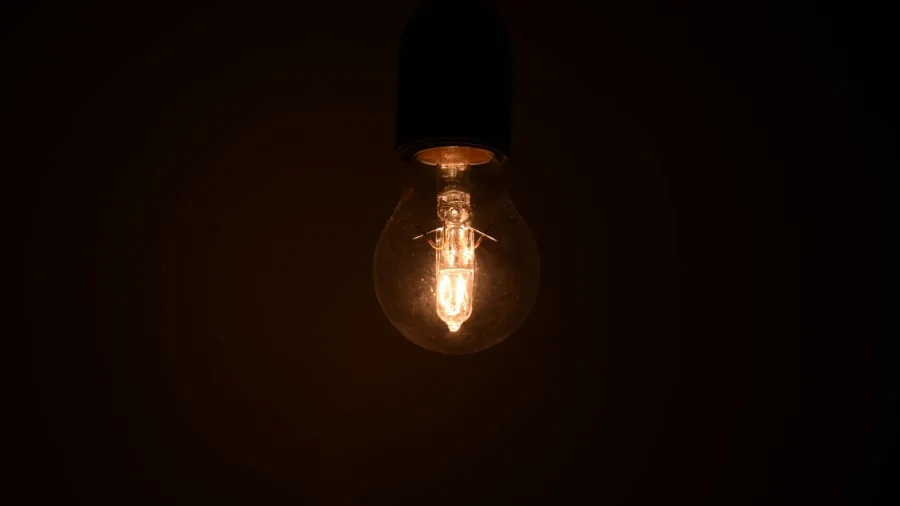
How the Philippines plans to achieve 100% electrification by 2028
More than 2 million households still live without electricity.
THE Philippines has so far achieved 93.12% electrification as of the first quarter of 2024. By the end of the year, the country aims to increase this to 94.83%, and achieve full electrification by 2028.
But to plug-in electricity for all homes throughout the country, the government needs to address various challenges including the $1.23-b (PHP72b) funding needed from 2024 to 2028 to light up the remaining 2 million homes. To address this, the government eyes tapping international organisations such as the Asian Development Bank and the World Bank.
Department of Energy (DOE) Undersecretary Rowena Cristina Guevara told Asian Power the department has informed the National Economic and Development Authority (NEDA) and the Department of Finance (DOF) about the plan.
“Our presentation was well received. And the next step would be to come up with feasibility studies in order to be able to bring it all the way to a loan or an ODA [official development assistance],” she said.
Whole-of-government approach
The PHP72-b funding requirement, which is around $307.31m (PHP18b) annually, is far from the current yearly allocation of as much as $85.36m (PHP5b).
This gap in financing for electrification also affects distribution utilities and electric cooperatives, Guevara said.
Aside from financial limitations, Guevara cited other hurdles that the country faces, which include the Philippines’ geographical layout as an archipelago of over 7,000 islands, as well as natural disasters that hit the state. There are also compliance issues with permitting requirements, especially land disputes or right of way, she added.
The official said addressing these challenges needs a “whole-of-government approach.”
“First of all, we have a committee that is helping with the right of way from the Department of Energy,” Guevara said. “Then in terms of funding, we’re trying to get the support of the Department of Finance and the National Economic and Development Authority to support the funding requirements for the total electrification of the country.”
The official said there are also other initiatives from the government to improve electrification across the country.
This includes the Sitio Electrification Programme that extends distribution lines to unserved sites, the Barangay Line Enhancement Programme that constructs submarine cables, and upgrades and rehabilitates distribution lines, and the Expanded House Electrification Programme that uses solar energy systems for remote areas.
Guevara also highlighted the role that the private sector has to help the country achieve full electrification through the DOE’s microgrid programme.
“We have a programme called the microgrid programme, wherein we allow the private sector to invest in areas that are not reached by distribution utilities because they are remote,” she said.
The first round of competitive selection process (CSP) for microgrid service providers was held in November 2023.
“Eight areas have been assigned to a winning bidder, and in one and a half years that location will have a microgrid,” Guevara said.
These lots in the central province of Cebu and the southwestern Luzon provinces of Quezon and Palawan were awarded to the Maharlika Consortium composed of the Maharlika Clean Power Holdings, Corp., Singapore’s CleanGrid Partners Pte Ltd., and WEnergy Global Pte Ltd.
The government in July opened the second round of CSP for the electrification of 41 lots composed initially of 75 unserved and underserved areas throughout the archipelago.
This covers 12,212 households that were part of the 98 areas clustered into 49 slots which were offered during the initial round.
According to Guevara, relevant authorities arrange the list of locations to be worked on every year. Priority is given to areas that require only minor enhancements to achieve 24/7 electrification “because the economic activities have reached a point wherein if you do not provide 24 hours of electricity, they will not be able to move forward,” she explained.
100% electrification
Despite the challenges, Guevara said the government is optimistic it will be able to achieve its goal of 100% electrification by 2028.
The energy official said that in their presentation to the NEDA and DOF, they were able to realise the economic return that will come with full electrification of households across the country.
For instance, electricity for a household from zero to eight hours each day may lead to a potential increase in the income and the expenditure of the household by up to 18%. Increasing the electrification from 16 hours to 24 hours, or 24/7, may lead to an increase in the income and expenditure of the household by around 50%.
She said this means that investing $1.23b (PHP72b) will lead to a return of about $5.38b (PHP315b) in additional income to the country.
“Our population keeps increasing, and the number of islands that are currently electrified is going to be increasing each year, and therefore we expect that after we reach 100% by 2028 there will be additional islands and additional capacities that need to be completed. So that is the next challenge for us,” Guevara said.


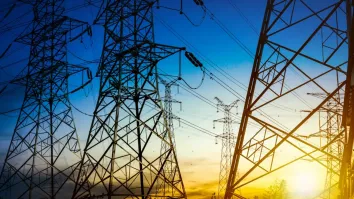
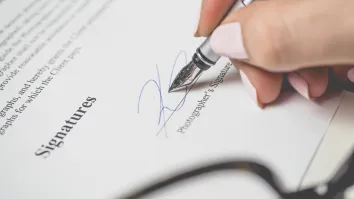
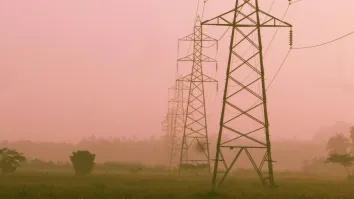
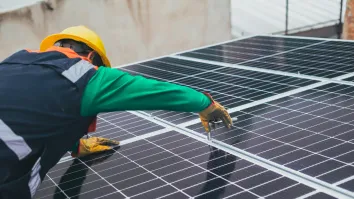













 Advertise
Advertise







